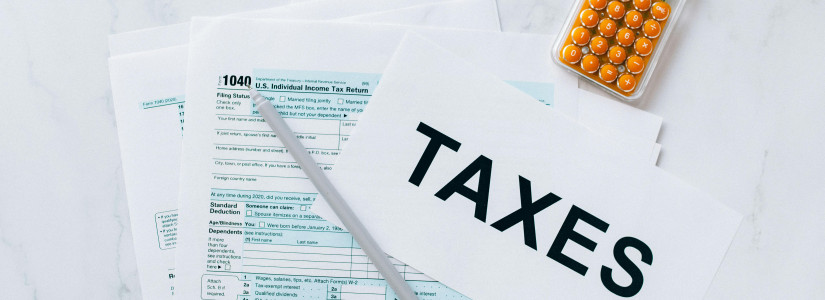Tax Refunds Surge as More Americans Receive Money Back

As the curtains draw on another tax season, a palpable surge in refunds has brought a wave of relief and optimism to many households across the United States.
Recent data illuminates a noteworthy uptick in the number of individuals receiving refunds from the government compared to preceding years, signaling a positive shift in financial dynamics for taxpayers nationwide.
IRS Data Highlights Surge
The Internal Revenue Service (IRS) reports a remarkable increase in the percentage of taxpayers receiving refunds, surpassing the figures observed in the previous tax year.
This surge underscores a significant trend that has caught the attention of both analysts and taxpayers alike, painting a picture of improved financial outcomes for many Americans.
Factors Driving the Increase
A confluence of factors contributes to this notable rise in refunds. Recent changes in tax legislation, coupled with strategic economic stimulus measures deployed in response to the COVID-19 pandemic, form the bedrock of this financial phenomenon.
The enactment of the American Rescue Plan Act in March has notably injected additional relief into the economy, with millions of taxpayers benefiting from stimulus payments and expanded tax credits.
Impact of Stimulus Measures
The American Rescue Plan Act stands as a cornerstone in the arsenal of measures aimed at bolstering economic resilience.
Through direct stimulus payments and enhanced tax credits, the legislation has provided a vital lifeline to individuals and families grappling with the economic fallout of the pandemic.
The ripple effects of this targeted intervention are evident in the surge of tax refunds, offering tangible relief to taxpayers navigating uncertain financial waters.
Role of Tax Withholding Adjustments
A pivotal factor contributing to the uptick in refunds lies in the recalibration of tax withholding tables.
By fine-tuning these tables, more precise deductions are made throughout the year, resulting in larger refunds for eligible taxpayers.
This strategic adjustment not only optimizes tax liabilities but also ensures a fairer distribution of financial resources, aligning with broader objectives of economic recovery and stability.
Financial Relief and Consumer Spending
The surge in refunds serves as a potent catalyst for economic activity, injecting liquidity into households and stimulating consumer spending.
Many recipients intend to deploy their refunds to cover essential expenses, alleviate debt burdens, or bolster savings and retirement accounts.
This infusion of funds not only augments individual financial resilience but also fuels broader economic growth, underpinning a sustainable path towards recovery.
Tax Planning Considerations
Amidst the backdrop of this encouraging trend, tax experts advise individuals to undertake a proactive review of their withholding allowances.
By optimizing tax withholding strategies, taxpayers can better align their financial circumstances with tax obligations, maximizing potential refunds while ensuring compliance with regulatory requirements.
Conclusion
As the nation charts a course towards economic recovery, the surge in tax refunds emerges as a beacon of hope amidst ongoing challenges.
With prudent financial management and strategic tax planning, Americans are poised to navigate these uncertain times with resilience and confidence.
The surge in refunds not only reflects improved financial outcomes for individuals but also signifies a collective stride towards a more resilient and prosperous future.
Don't Miss: IRS Dilemma? Discover Hidden Solutions Most Overlook for Tax Troubles












